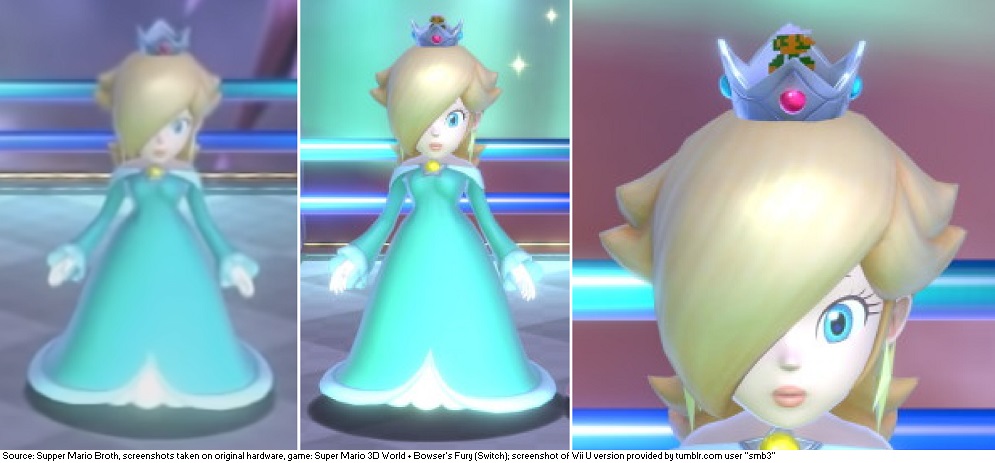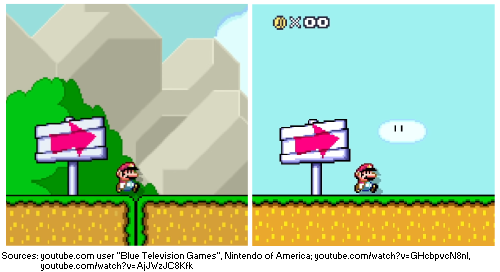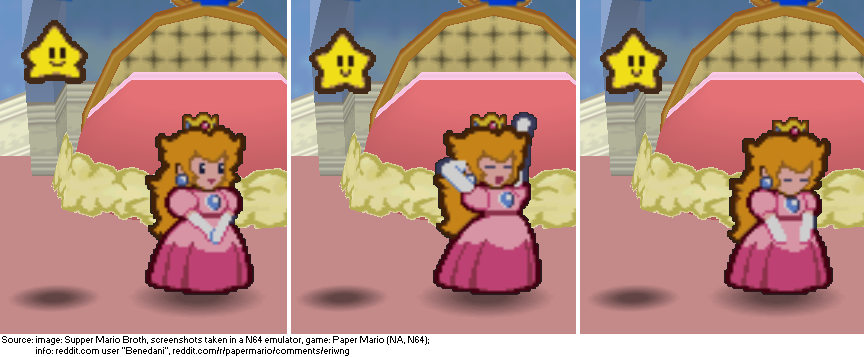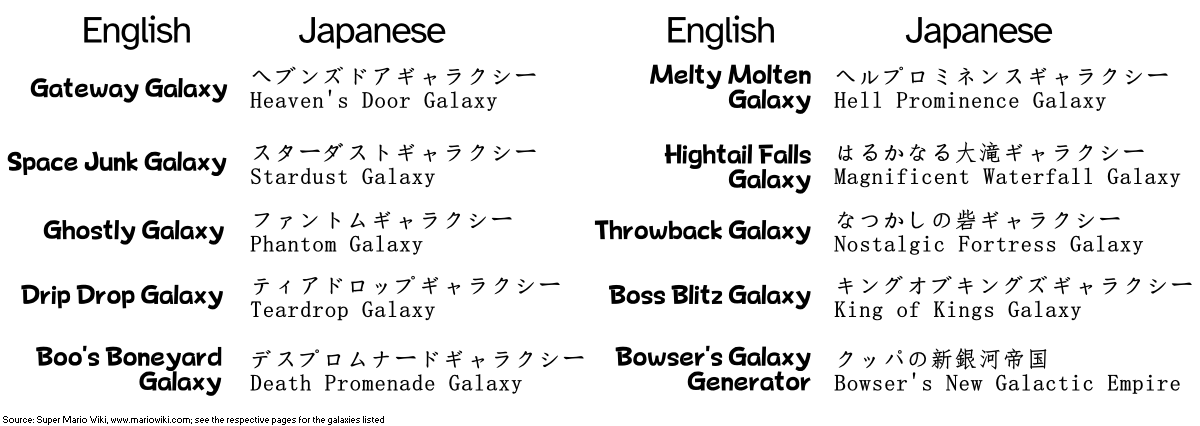301
302
Development files for Super Mario World contain graphics for the "block dancer", a simplistic egg-like creature that would dance on a row of blocks. Nothing else is known about it, as it appears only a single time in a file from July 12, 1990 and is never seen again.
303
304
305
306
307
308
309
310
In Super Mario World, Yoshi can slide both up and down icy slopes.
311
312
313
314
In Level 5-4 of Yoshi's Island, two Georgette Jelly enemies are positioned a specific distance from each other so that if Yoshi spits a Shy Guy into the space between the two, the Shy Guy will bounce between them indefinitely.
315
In Super Mario Sunshine, if Yoshi falls down while touching a wall and Mario rides on him while still next to the wall, their movement speeds will desync. Mario will bounce very quickly while Yoshi will move very slowly.
316
317
318
319
320
321
322
In Super Mario Sunshine, when Mario turns around while balancing on a rope, he will make a brief "whoa" noise. However, if the Control Stick is held perpendicularly to the rope, Mario will continuously make these noises while remaining completely still.
323
324
325
The internal graphics file for Mario in Mario Pinball Land is laid out in an elegant manner that allows the game to animate Mario by scrolling it in various directions. To move Mario back and forth, the graphic moves horizontally, to rotate him, it moves vertically.


















